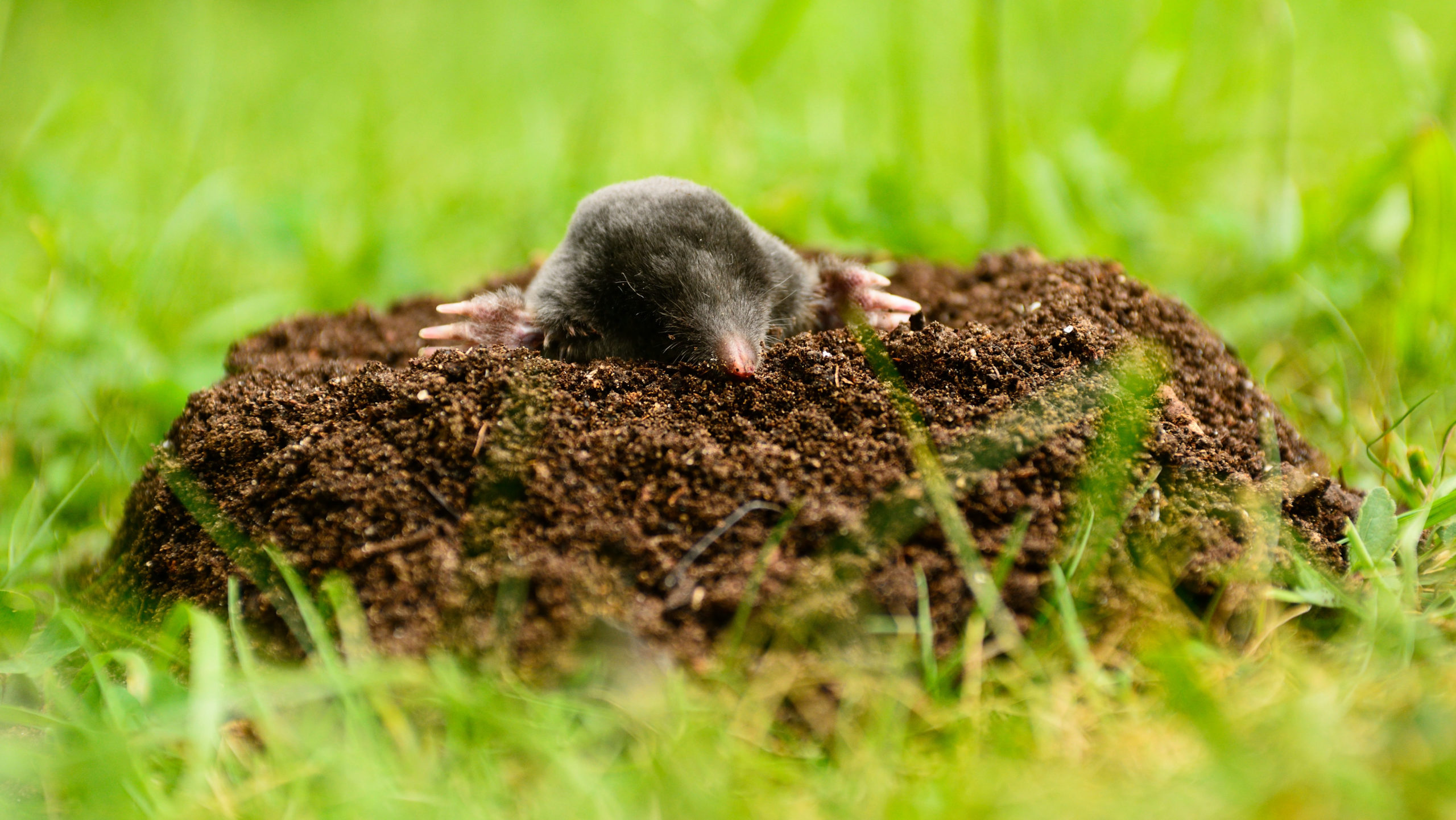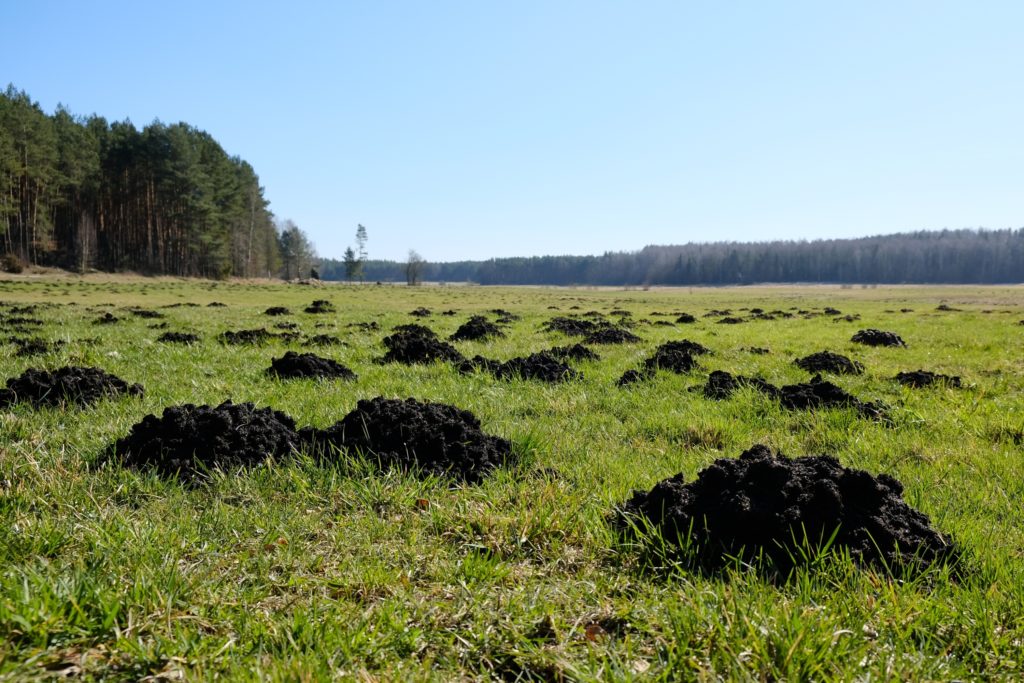Effective Mole Prevention Techniques
Though moles are rarely seen out and about, these mammals can be a very frustrating and destructive pest to deal with if they take a liking to your land. Luckily, there are effective mole prevention measures you can take to help deter them.

What Are Moles?
Native to the UK, it is estimated that we have over 35 million moles.
Though many people believe that moles are blind, this isn’t actually true. Their eyesight may be poor, but they can see shapes, lights and some movement.
A mole’s body can measure up to around 6 inches in length. They are carnivorous mammals that live underground, feasting on worms, larvae and grubs. In fact, they are capable of eating the equivalent of half of their body weight each day, which is around 200 worms! They do this by using their acute sense of touch and ability to feel vibrations in the ground to catch their food. If limited in their food supply, they will then dig to the surface to seek out further insects to trap and consume.
What Problems Do Moles Cause?

It’ll be no surprise to hear that moles are expert diggers. Living their life mostly underground, they dig complex tunnels and burrowing systems, alternating between 4 hours of work and 4 hours of sleep. To get rid of the excavated soil, they create molehills.
Due to their ability to tunnel up to 4 metres an hour and up to 40 feet in depth, they can cause considerable damage to:
- agriculture
- turf and lawns
- flowerbeds and gardens
- parks
- sports grounds, such as football fields, golf courses and bowling greens.
They destroy the roots of grass and plants and can even cause a lawn to collapse. Due to the loose stones and debris from where they have dug, they can also cause damage to machinery, such as lawnmowers.
This being said, though they make an unsightly mess, moles do actually help to aerate the soil. Which, ironically, makes for a healthy and robust lawn.
What Time of Year Are Moles Most Active?
Moles are active all year round due to tunnelling below the frost line, which allows them to keep on digging even through the colder months.
Typically, you’ll tend to see more molehills around during winter and early spring, as the ground is softer at this time of year. Throughout the summer months, they dig deeper down to where the soil is moist.
Signs That You Have Moles Under Your Land
Though you probably won’t see a mole itself, if you have an infestation, then the chances are that you’ll know about it. This includes seeing:
- Fresh mounds of soil
- Raised ridges and uneven ground
- Disturbed roots, plants, and grassy areas.
Mole Deterrents
There are a few mole prevention techniques you can use to deter them from your property’s grounds:
- Water your lawn less or seek better drainage. This will dry the soil and will reduce a moles food supply, forcing them to relocate
- Plant flowers as a natural defence, such as daffodils or alliums
- Pets can be effective at keeping moles at bay, as a mole will detect their presence and be scared away
- Moles don’t like loud noises. So, play a radio into their tunnel, or purchase solar or battery-powered devices that vibrate or release a buzzing noise.
How to Effectively Remove Moles
A mole can be extremely tricky to trap and requires an expert’s skill to do so. This is why it’s recommended to call in a Pest Control specialist to deal with the problem. We offer a complete mole control service. This provides an effective, safe and humane solution to the issues this pest can cause.
